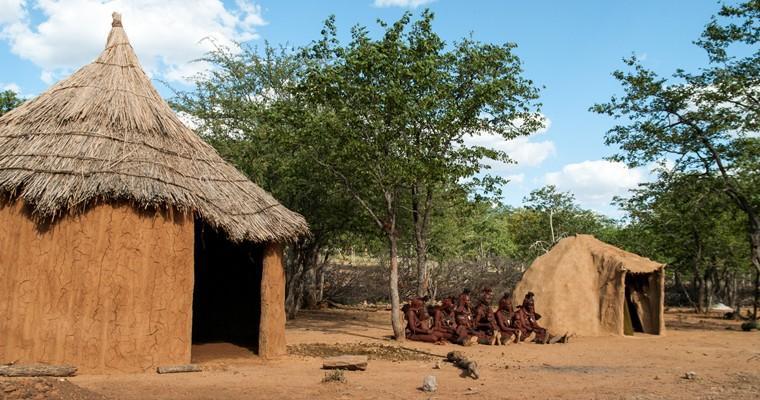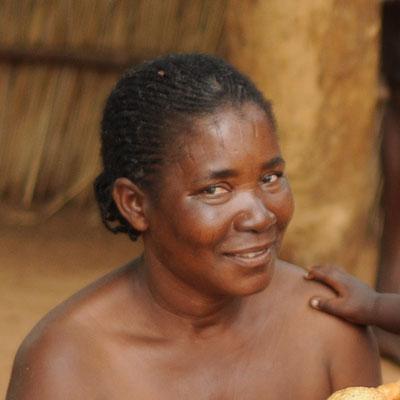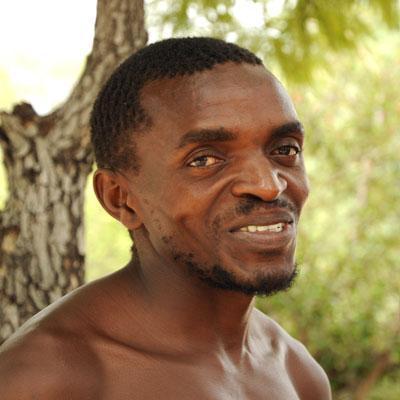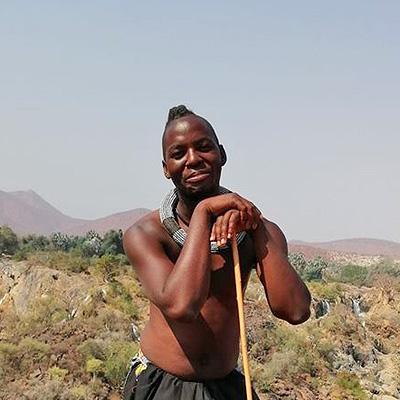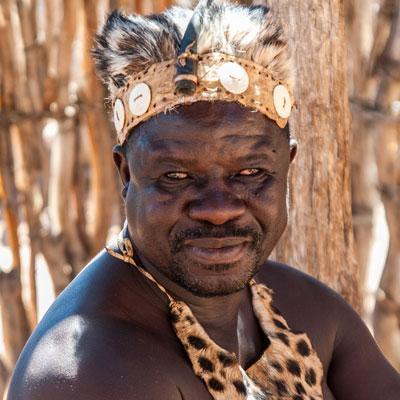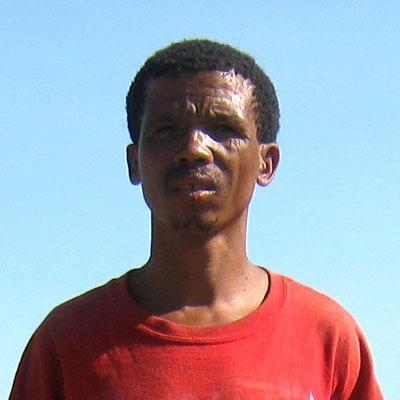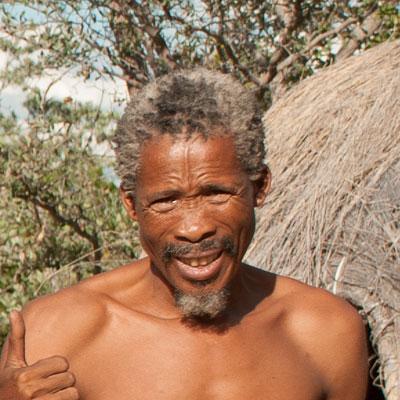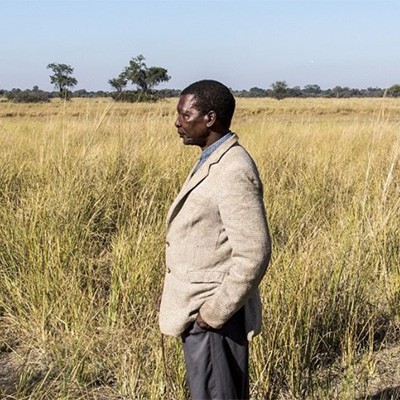Fascinating culture of the San
2. project meeting in the Ovahimba Living Museum
The aim of a second project meeting in March 2016 at the newly emerging Living Museums was to get an impression of progress of this project so far and to further motivate the Ovahimba project group to tackle challenges and to continue establishing their Living Museum.
Project report from Sebastian Dürrschmidt
Wednesday, 23.03.2016
After a long road to Opuwo to the developing Living Museum of the Ovahimba we met with John, the project manager and owner of the campsite 40 km north of Opuwo, in the evening.
John mainly spoke about the challenges of his project. Currently there are eight women and their children involved in the Living Museum, who also live there. There is, unsurprisingly and common in Kaokoveld, very little effort and motivation from the men. Nonetheless all project members are full of positive expectations.
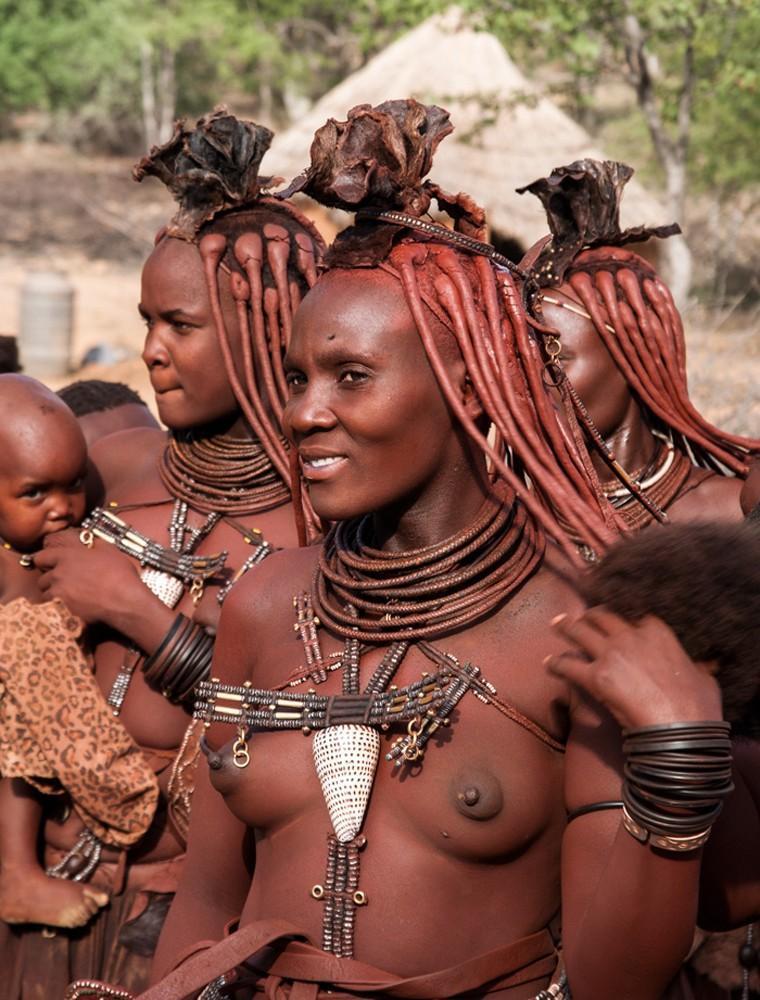
Our project meeting was important as a number of new community members were now involved with the building of the new Living Museum, who had not yet met any of us LCFN members and to whom we wanted to explain the concept in detail. John mentioned to us that the not everyone was yet convinced of the concept of the Living Museum, of its principal of participation and fair distribution, authenticity, etc. The Ovahimba don’t necessarily distrust us, but they are still sceptical and thus are not yet able to grasp the success of the concept.
Another challenge that John pointed out are the activities that are supposed to take place in the future museum. A lot of things that the Ovahimba use, for example everything made of metal, a lot of the jewellery they are wearing and some tools, etc. are not forged by the Ovahimba anymore as they have the main focus on their cattle. Most of these things are being made by the Ovatwa, a small sub group of the Ovahimba that traditionally lived as hunter-gatherers and that have preserved these skills until today. Due to traditional restriction they are not allowed to work in the Ovahimba Museum, John explained. Thus the Ovahimba will have to relearn the skills of producing the tools needed within the Living Museum themselves again.
At the end of the evening we tried our language skills by learning a few greeting phrases in Otjiherero in order to prepare ourselves for the next day.
Thursday, 24.03.2016
At six in the morning I got up and drove to three villages in the close vicinity to pick up some Ovahimba men for the project meeting. I returned to camp for breakfast and finally at 10 am after the Ovahimba women were done with their traditional dress and make-up we started with the project meeting directly at the museum village under some shady trees.
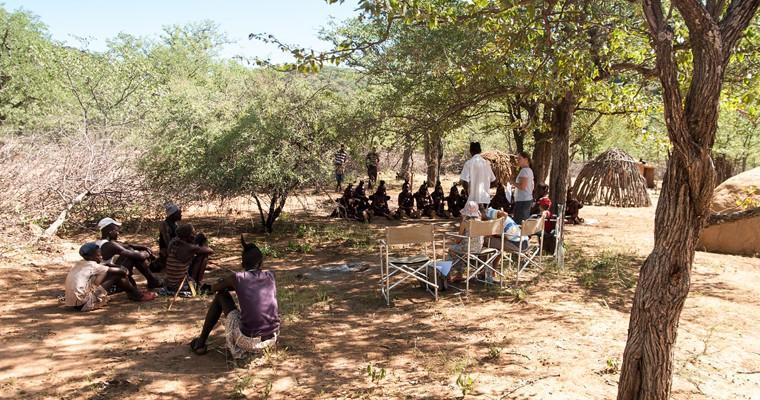
Fifteen women, an uncountable number of children, two old and three young men attended the meeting. Later the number increased with interested newcomers. As I had caught a nasty cold which left me literally speechless Kathrin took over the introduction into the concept and John translated everything.
After presenting the general aims and principals we focused on the Living Museum being place of work and not an actual living space. After all, our concept is to grant people their privacy and to build an external place as institution to preserve the culture. Especially north of Opuwo this is rather complicated, as our concept is unheard of and the Ovahimba ladies are already staying at the Living Museum.
The first impression of the museum village with garbage, plastics, modern clothes and radios lying around, demonstrated that the theoretical combination of living and working in a Living Museum is extremely difficult.
The question of how to solve this problem was asked frequently as the women were not able to walk 5 km every day to reach the Living Museum. The proposed solution of building a second village a bit closer was happily accepted even though this would mean a much bigger workload.
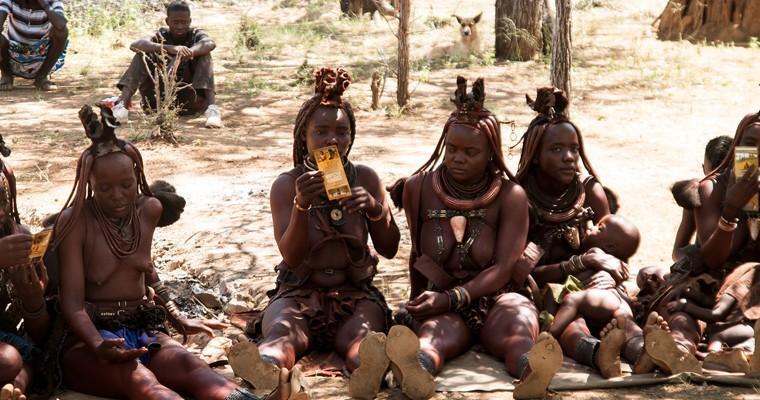
In this context Kathrin concentrated on explaining some essential characteristics of a Living Museum which differentiates it from other traditional villages.
- 100% authenticity with regards to presenting pre-colonial cultural practices
- Focus on activities
- As mentioned before: Work space / protection of privacy
- Payment in cash and not in food / tobacco
The importance of authenticity, i.e. the exclusive use of natural materials that were already in use during pre-colonial times repeatedly raised questions. Whereas nearly all women were dressed traditionally, the garment of the men didn’t even come close. We were however assured that the reconstruction of the traditional male dress was not a big challenge.
Kathrin continued with the program by explaining the financial concept, the importance of the craft shop and the rules within the Living Museum before elaborating on the possible traditional activities in the Living Museum. This point also raised a few questions and some additions were suggested. The proposal of a work shop in which the men would learn more about the production of different tools, etc. was received very positively.
During the lunch break the project group worked out the next steps to be taken to actually realise this ambitious project.
In the early afternoon we were treated with traditional Ovahimba dances in the cave close to the campsite.
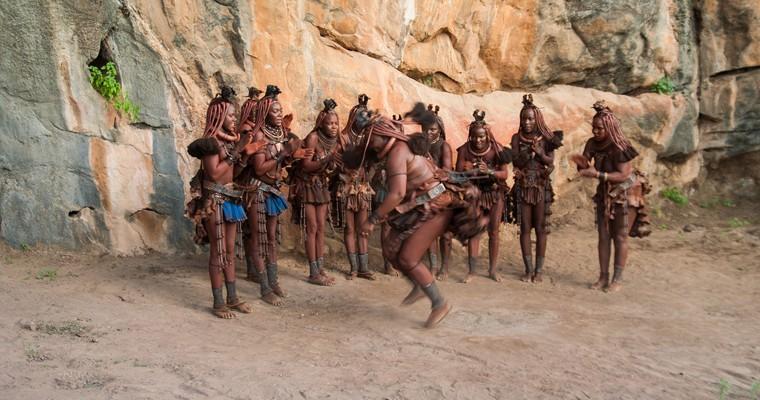
Afterwards we again visited the Living Museum to take some pictures in the favourable light of the setting sun. Especially in this soft light the museum appeared very beautiful. The museum village is full of life; a lot of huts have been built already including the large hut for the main wife. A large herd of goats has its place in the kraal, the Ovahimba women and children fill the village with life.
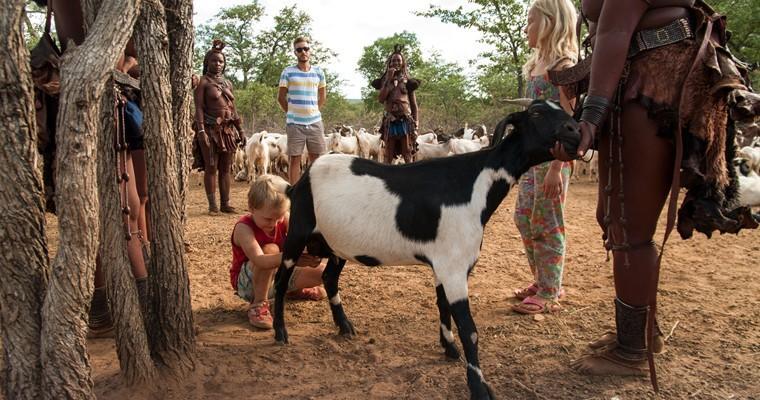
We invited John to dinner once more and talked about the meeting. We all had a very positive impression. John gave us a short introduction into the history of the Ovahimba, the pre-colonial splitting up of the actual Herero into Ovahimba, Ovatjimba, Ovatwa, Ovazemba and the Herero who move further inland. More about the history in the near future maybe.
When you subscribe to the blog, we will send you an e-mail when there are new updates on the site so you wouldn't miss them.



















